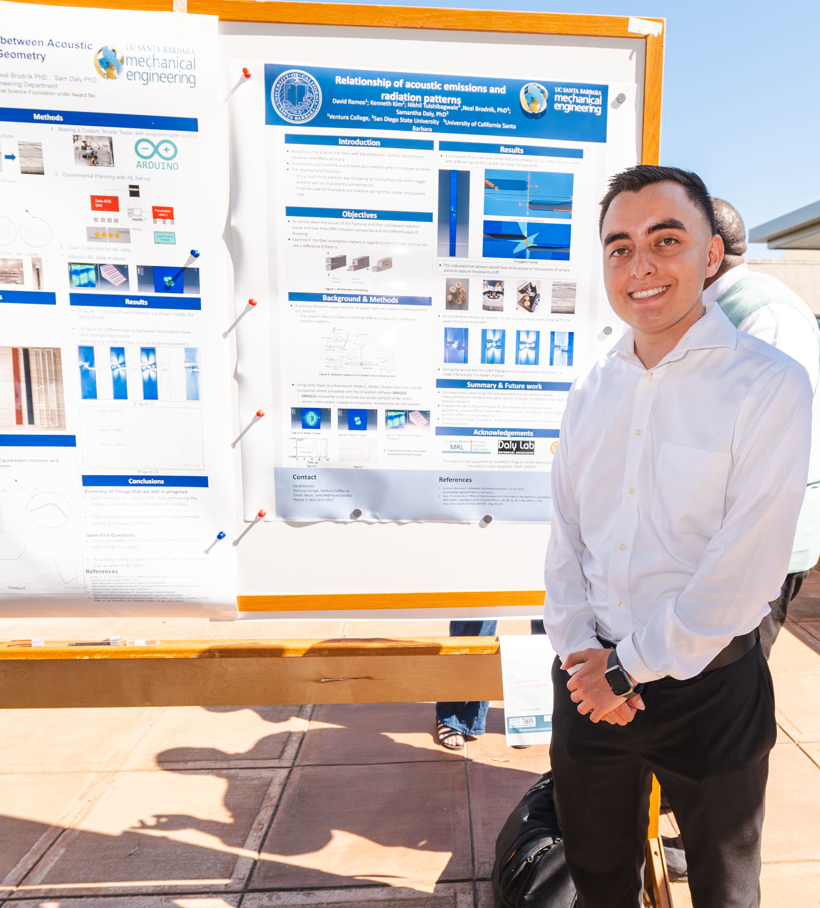
Acoustic emissions (AE’s) are the sound waves created by irreversible deformations within
materials such as fractures. Through the study of AE’s, cracks and fractures in a material can be
located, analyzed, and addressed more efficiently and effectively. Thus, AE’s are used as a much
more efficient practice for identifying cracks and fractures in safety-critical components used in
space and defense applications, where standard non-destructive evaluation inspection routines
are necessary for cost- and time-intensive projects such as submarines or space shuttles. The aim
of this study is to explore the relationship between crack geometry and the radiation patterns of
the resulting transient elastic waves produced during their dynamic formation. Finite Element
Analysis is used to model dynamic Mode I and Mode II crack formation. Simulations were
compared to existing results present in the literature, and then subsequently extended to account
for the geometry of the crack. To further support simulation results, experimental AE data was
collected from acrylic fracture specimens. Through specimen design and crack growth real-time
imaging, the orientation and mode of the crack can be quantified and related to the radiation
patterns of the collected AEs. It is believed that the characterization of the different cracks,
fractures and the radiation patterns caused by the testing would allow for relationships to be
established between them. Through the experimentation it was found that 1/8th acrylic samples
did not crack in the mode II manner but in a mode I manner leaving it open for more
experimentation. Different possible avenues to continue the research would include exploring
different parameters, crack orientations, modes, lengths of samples and examining the effects
these would have on the sensor responses.